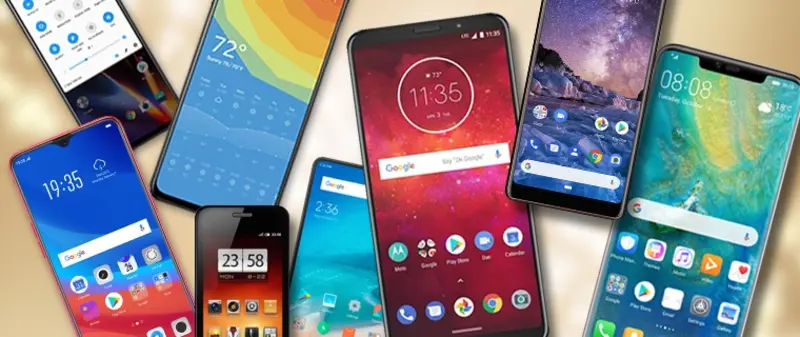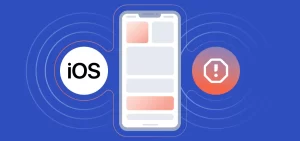Android is praised for its flexibility and customization, but that same openness has led to a fragmented ecosystem. Manufacturers often take the base Android OS from Google and layer their own “skin” over it—complete with visual changes, proprietary apps, custom features, and altered system behaviors.
While this can create a unique user experience, it can also introduce performance issues, bugs, and system instability. So why are some Android skins more prone to crashes, lag, and other forms of instability than others?
Understanding Android Skins
An Android skin is essentially a modified version of the operating system that manufacturers develop on top of Google’s Android base. These skins change everything from aesthetics to functionality.
Some of the most common Android skins include:
| Manufacturer | Skin Name |
|---|---|
| Samsung | One UI |
| Xiaomi | MIUI |
| Oppo | ColorOS |
| Vivo | Funtouch OS |
| OnePlus | OxygenOS (now ColorOS-based in newer models) |
| Motorola | My UX (mostly stock) |
| Pixel UI (lightly modified AOSP) |
What Causes Instability in Heavily Skinned Android Versions?
Let’s break down the key factors that contribute to system instability in some Android skins.
1. Deep Customization of Core Android Frameworks
Heavy skins often make deep modifications to Android’s foundational components—services like memory management, background process handling, or the notification system.
Risk: The more the core OS is altered, the greater the chance of breaking compatibility with third-party apps or Google’s own services. If not rigorously tested, these changes can result in frequent app crashes, UI glitches, or inconsistent behavior.
Example: MIUI has been criticized for aggressive background app killing to preserve battery life, which can interfere with messaging apps and fitness trackers.
2. Inconsistent Update Rollouts
One of Android’s biggest issues overall is the fragmented update cycle. Manufacturers delay or stagger updates to accommodate their skins, which must be rebuilt and tested for each Android version.
| Manufacturer | Average Delay for Major Android Update |
|---|---|
| 0 days (launches with update) | |
| Samsung (flagship) | 60–90 days |
| Xiaomi | 90–150 days |
| Oppo/Vivo | 120–180 days |
| Motorola | Varies widely |
Impact: The longer the delay, the higher the chance of bugs, security issues, or instability due to outdated components.
3. Feature Bloat and Resource Overhead
Some Android skins come packed with extra features: gesture controls, floating windows, theme stores, AI-enhanced tools, and duplicate apps for email, gallery, or music.
Problems this creates:
- Higher RAM usage: Leads to slower performance on budget or mid-range devices.
- More background services: Increases the risk of system conflicts and thermal throttling.
- UI complexity: More animations and transitions can result in jitter or touch latency.
Example: ColorOS and MIUI often receive complaints for being sluggish on lower-end devices due to these heavy features running in the background.
4. Poor Optimization for Third-Party Apps
Google’s Pixel UI and stock Android maintain strong compatibility with most apps. Heavily skinned Android versions, however, often break this consistency.
Why this happens:
- Custom power-saving schemes kill apps prematurely.
- Altered permission models behave differently from Android standards.
- Lack of thorough API testing by OEMs.
Result: Users may find that banking apps crash, notifications don’t arrive, or media players behave erratically—all due to how the skin alters system behavior.
5. Infrequent or Incomplete Security Patches
Security patches not only close vulnerabilities but also stabilize the OS by fixing known bugs. Some OEMs delay or skip monthly patches, especially for budget devices.
| Brand | Security Patch Frequency (Typical) |
|---|---|
| Monthly (timely) | |
| Samsung | Monthly for flagships, quarterly for others |
| Xiaomi | Irregular, often quarterly |
| Motorola | Sporadic |
| OnePlus | Monthly to quarterly |
Consequences: An unpatched phone can suffer from known stability bugs or even kernel-level crashes that are long-resolved in other devices.
6. Poor Quality Control on Budget Devices
Flagship models often receive more developer attention and testing than budget or mid-range phones. Manufacturers may rush software on cheaper devices to meet market deadlines.
Red flags include:
- Unstable firmware right out of the box
- Delays in receiving critical fixes
- Broken or missing features even after updates
Example: Many entry-level phones from brands like Infinix or Tecno ship with unoptimized, skin-heavy Android builds and rarely see meaningful updates post-release.
How to Choose a More Stable Android Experience
If system stability is a priority, choosing the right combination of hardware and software matters.
| Type of Android | Pros | Cons |
|---|---|---|
| Stock Android | Clean, fast, fewer bugs | Fewer customization options |
| Light Skins (Pixel UI, OxygenOS pre-2021) | Balance of features and performance | Limited to fewer OEMs |
| Heavy Skins (MIUI, ColorOS) | Rich features, lots of customization | Greater risk of bugs and instability, slower updates |
Best Practices:
- Buy from brands with strong update records (e.g., Google, Samsung).
- Check forums and reviews for stability reports post-update.
- Avoid extremely cheap phones with unknown update policies.
Customization Comes at a Cost
While Android skins allow manufacturers to differentiate and appeal to various user preferences, they often introduce complexity that affects reliability. From overzealous memory management to sluggish updates, these custom layers can turn an otherwise stable Android base into a minefield of bugs.
That’s not to say all skins are inherently bad—but those with deeper modifications and less robust QA tend to be more prone to instability. If you value long-term performance, consistency, and fewer headaches, sticking with brands known for clean software and reliable updates is your best bet.
Choosing an Android phone today isn’t just about hardware specs—it’s about the skin it wears and how well it holds up under the hood.



